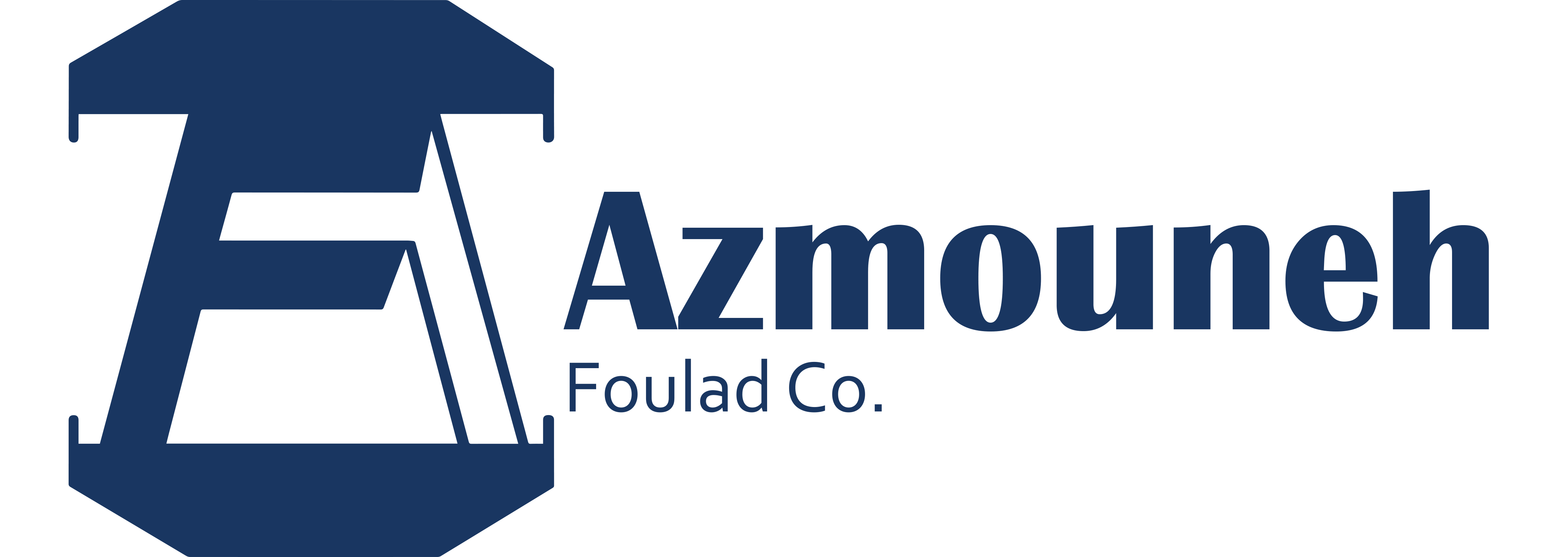Geotechnical Drilling (Geotechnical Drilling) or Exploratory Drilling (Exploration Drilling) is all the operations that are used to create a vertical, inclined or horizontal hole inside the ground in order to achieve various goals such as identifying the land in terms of gender and hydrology or studying for exploration. Minerals or water and… take place.
Drilling methods can be divided from different points of view, including rock crushing mechanism, type of energy used, etc. In geotechnical studies, it is necessary to take samples at different depths to identify the ground. This method is known as core drilling.
In this type of drilling, the drill bit is cut around the rock or soil by rotating the drill bit, and the sample passes through the drill bit and is placed inside the corer.
The methods used to obtain samples are divided into metric and wireline or wireline methods.
The metric method is usually used for shallow boreholes because every time the coring operation is finished, all the pipes must be brought to the ground to remove the core from the inner pipe, and this process wastes time and increases the cost of the sample. . Removal is due to opening and closing of pipes, etc., in which case approximately 70% of drilling time is spent on this transfer.
The wireline method, which is usually used for deeper boreholes, was invented to increase efficiency in core drilling. In this method, there is no need to take out the tubes to take out the cores, and only the inner core holder that contains the sample is taken out by the puller. This method reduces drilling costs due to high speed and high efficiency.
These consulting engineers are able to drill from low to high depth by having different drilling devices. The maximum nominal drilling depth of the devices used is 2500 meters and the maximum core drilling record of these consulting engineers is 1010 meters with an angle of 45 degrees in Vanarch mine of Qom.
Excavation of geotechnical and exploratory boreholes in the construction of dams and tunnels
In order to carry out geological and geotechnical studies in the construction of dams, the drilling of exploratory boreholes is on the agenda. These boreholes are drilled due to the high sensitivity of dam and tunnel projects in special conditions in terms of drilling and sampling. Also, sometimes the alternative to the large volume of tests inside the borehole is the progress of operations in these boreholes is very slow, which requires providing conditions so that the stability of the borehole wall does not suffer. In drilled boreholes, in addition to lithology studies and determination of soil type, tests inside the borehole such as lozenge and dilatometry are also applicable.
- Application: for dams and hydropower plants, water and road tunnels
- Excavation of more than 16 dam axes in the country
Khorsan Dam, Karun 2, Pirtaghi, Rudbar Lorestan and….
- Drilling a geotechnical borehole to a depth of 784 meters in the studies of the water transfer project to Qazvin
- 710 meters with an angle of 30 degrees in the studies of Aba Behesht Aba project


Drilling of geotechnical and exploratory boreholes in mines
In the stage of exploration, exploitation and development of metal mines, exploratory boreholes should be dug in order to estimate mineral reserves and geological studies. Nowadays, due to the great depth of the remaining metal reserves, the need to dig deep boreholes is felt more than ever. Drilling deep boreholes requires high skill of manpower and suitable equipment. Azmouneh Foulad’s consulting engineers have very high experience and adequate and appropriate equipment in this field.
- Application: Mines
- Feature: The devices of this section include fully hydraulic devices with wireline systems that are capable of drilling up to 1200 meters deep, and the very high speed of these devices, especially in mines and mineral steps, makes it possible to reach the maximum drilling depth in the shortest possible time.
- exploratory borehole drilling with a depth of 1010 meters and an angle of 25 degrees in Venarch mine of Qom
Drilling of geotechnical and exploratory boreholes in industrial and urban constructions
The drilling of geotechnical boreholes in industrial sites and urban areas is highly sensitive due to the large volume of equipment and people around. Excavation in these areas requires special arrangements and high coordination with the employer, the monitoring device and the personnel stationed at the site or the surrounding people. Also, small devices with low width and height should be used in these areas.
- Application: urban and industrial areas
- Features: the use of small devices, low noise and power up to a maximum depth of 100 meters
- An example of projects that have been done
Isfahan metro line 2
Industrial projects of iron smelting complex
Studies of wind and solar power plants including Khaf, Qom, Yazd, Isfahan
- Drilling of 203 alluvial boreholes with a total area of 6000 meters in 80 days in Bushehr project with Russian consultants.


Consolidation and trial drilling and injection
In dam and power plant projects, drilling and injection are used to reduce the hydraulic conductivity of the environment or to increase the deformability properties of rock and soil mass. In this operation, by drilling a borehole and injecting cement slurry into the stone or soil environment, it consolidates and seals the environment. These consulting engineers have enough experience in the field of drilling and injection of consolidation and testing in order to create a waterproof curtain in the construction of dams.
- Application: Studies and creation of watertight curtain in dam and hydroelectric power plant projects and water transmission tunnels
Excavation of exploratory galleries
Exploratory galleries can be used in rocky and earthen fields. The purpose of digging exploratory galleries in the rock environment, in addition to the exploratory application, is mainly for conducting field tests such as jacking and direct cutting. Also, exploratory galleys can be used in clay fields and as a diversion handle in a manual well. In these galleys, there is the ability to perform on-site tests such as field density, direct cutting of soil and plate loading of soil.








